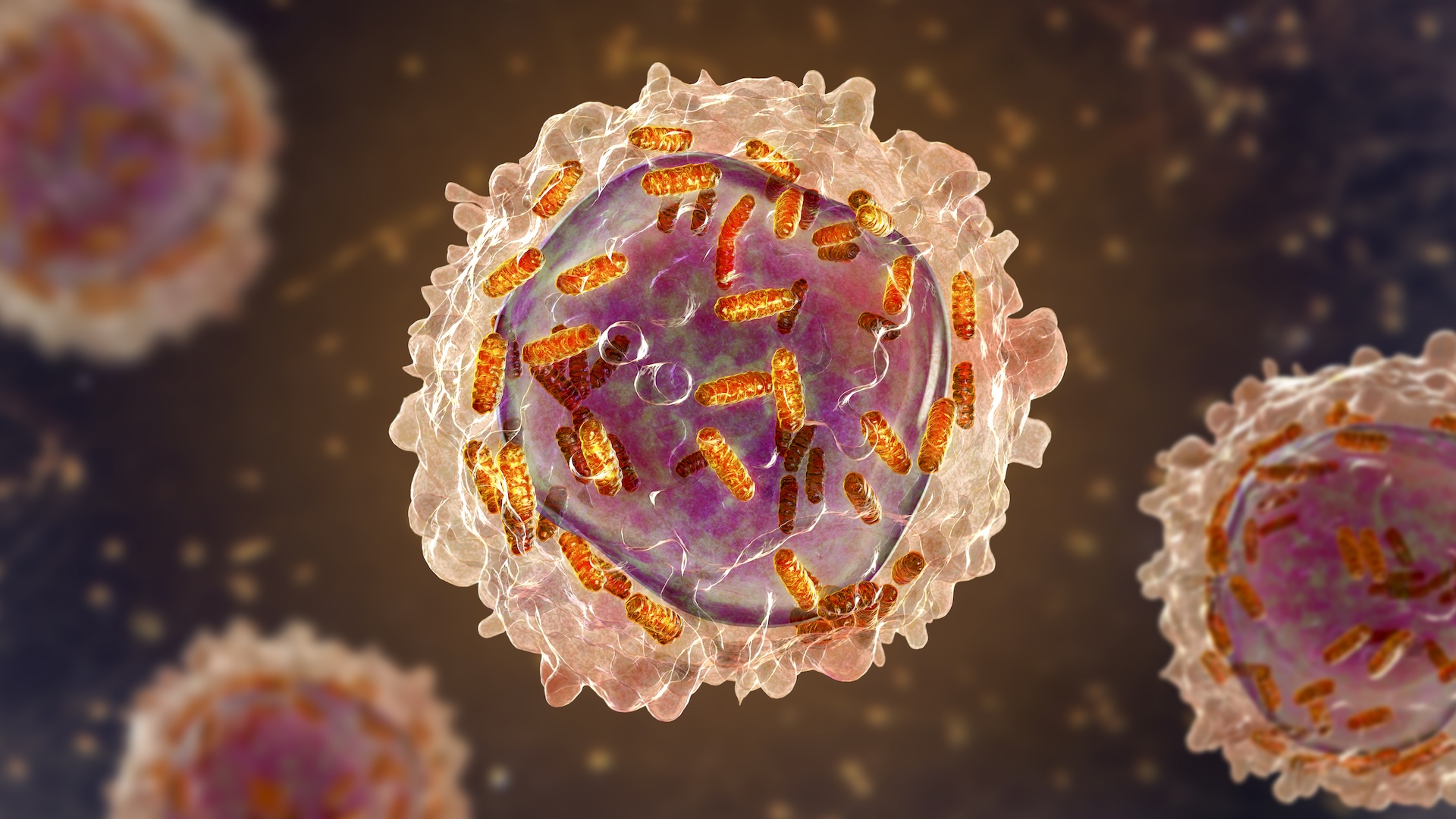Emotional Wiring Different in Men and Women

Men and women are actually from the same planet, but scientists now have the first strong evidence that the emotional wiring of the sexes is fundamentally different.
An almond-shaped cluster of neurons that processes experiences such as fear and aggression hooks up to contrasting brain functions in men and women at rest, the new research shows.
For men, the cluster "talks with" brain regions that help them respond to sensors for what's going on outside the body, such as the visual cortex and an area that coordinates motor actions.
For women, the cluster communicates with brain regions that help them respond to sensors inside the body, such as the insular cortex and hypothalamus. These areas tune in to and regulate women's hormones, heart rate, blood pressure, digestion and respiration.
"Throughout evolution, women have had to deal with a number of internal stressors, such as childbirth, that men haven't had to experience," said study co-author Larry Cahill of the University of California Irvine. "What is fascinating about this is the brain seems to have evolved to be in tune with those different stressors."
The finding, published in the recent issue of the journal NeuroImage, could help researchers learn more about sex-related differences in anxiety, autism, depression, irritable bowel syndrome, phobias and post-traumatic stress disorder.
The new study focused on activity in the amygdala, a cluster of neurons found on both sides of the brain and involved for both sexes in hormone and other involuntary functions, as well as emotions and perception. Cahill already knew that the sexes use different sides of their brains to process and store long-term memories, based on his earlier work. He also has shown that a particular drug, Propranolol, can block memory differently in men and women.
Get the world’s most fascinating discoveries delivered straight to your inbox.
Cahill and his co-author Lisa Kilpatrick, scanned the brains of 36 healthy men and 36 healthy women. The subjects were told to relax with their eyes closed during the scan, so that differences between the sexes could be studied at rest rather than during heavy lifting like accessing memories.
The scans also showed that men's and women's amygdalas are polar opposites in terms of connections with other parts of the brain. In men, the right amygdala is more active and shows more connections with other brain regions. In women, the same is true of the left amygdala.
Scientists still have to find out if one's sex also affects the wiring of other regions of the brain. It could be that while men and women have basically the same hardware, it's the software instructions and how they are put to use that makes the sexes seem different.
Robin Lloyd was a senior editor at Space.com and Live Science from 2007 to 2009. She holds a B.A. degree in sociology from Smith College and a Ph.D. and M.A. degree in sociology from the University of California at Santa Barbara. She is currently a freelance science writer based in New York City and a contributing editor at Scientific American, as well as an adjunct professor at New York University's Science, Health and Environmental Reporting Program.



